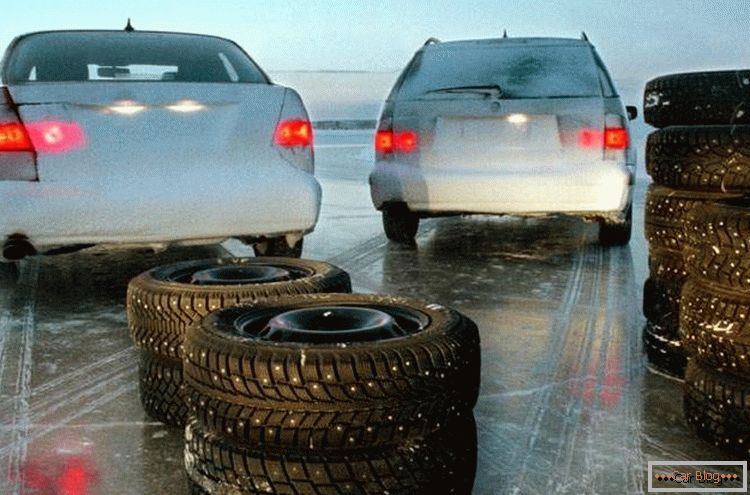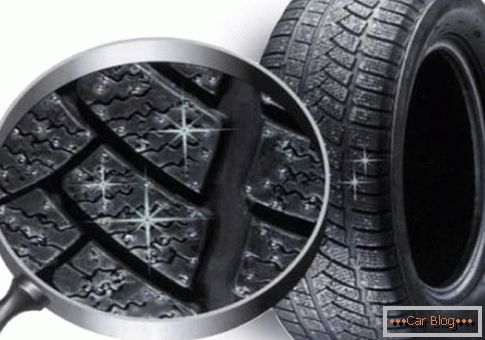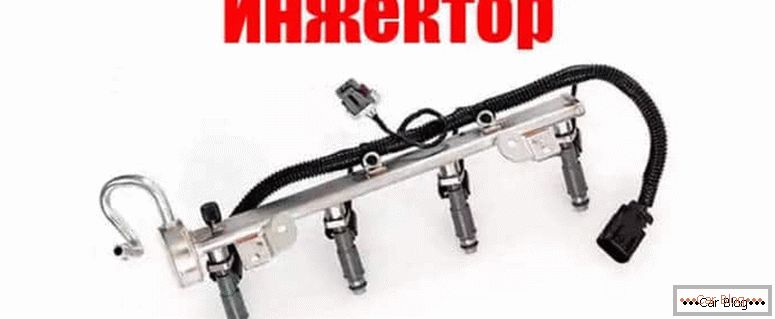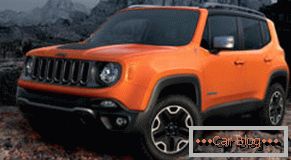Someone has already come winter, and someone else has everything ahead. In this article, let's try to figure out what kind of “right” winter tires to put on, and what trends are being offered to us this year.
Winter tires - why?
Of course, tires are “consumables”, only they, as a rule, need to be changed once a year (if the car runs a lot), especially if you have severe winters, then you just need to have a summer and winter set in your garage. Winter car tires, this is the type of rubber which, by its composition, is designed specifically for movement on roads in winter, when the air temperature does not rise above +7 degrees Celsius.

The common difference between winter tires and summer tires is the tread pattern. You can rightly assume that it is not. The composition of summer rubber in the cold "turns into plastic", i.e., the tires turn to stone and the road hitch becomes unbearably awful. The composition of the same winter tires, not exposed to petrification, and rather gently behaves on icy roads, which allows the driver to achieve a comfortable ride
When is it better to buy winter tires
Approach thoroughly to the purchase of winter tires. It is better to do before the first frost or even in summer. Then the price will be much lower than in the cold season. This will rightfully make it possible to save your budget. Many motorists know that it is necessary to change a car at a temperature not higher than +5 degrees Celsius.
See also: How to use dokatku in the carStudded winter tires

Such tires are used mainly for driving on icy roads. On asphalt roads, studded tires are not very effective. Road grip becomes terrible, there can appear the effect of “skating”, this is when the car needs to be stopped sharply, and it seems as if it is moving on ice.
In addition, studded tires, which are often used for driving on asphalt, suffer repeated wear, about 7-8 times in one winter. For those who still choose spikes, you need to know that such tires must pass a kind of running-in, t. e. to securely secured in the tread. To do this, the first 600-900 km, try not to accelerate over 90 km / h and avoid emergency braking.
Non-studded winter tires
This type of rubber is divided into the Scandinavian and European classes. Scandinavian class tires produced for roads, which are often under a small layer of snow. They ideally serve in Russia. The tread of such rubber consists of diamonds and rectangles, making an excellent grip on a snow-covered road. The European class was developed for roads that are covered with wet snow. The peculiarity of these tires is that they have many drainage channels on the tread and have excellent lugs.



